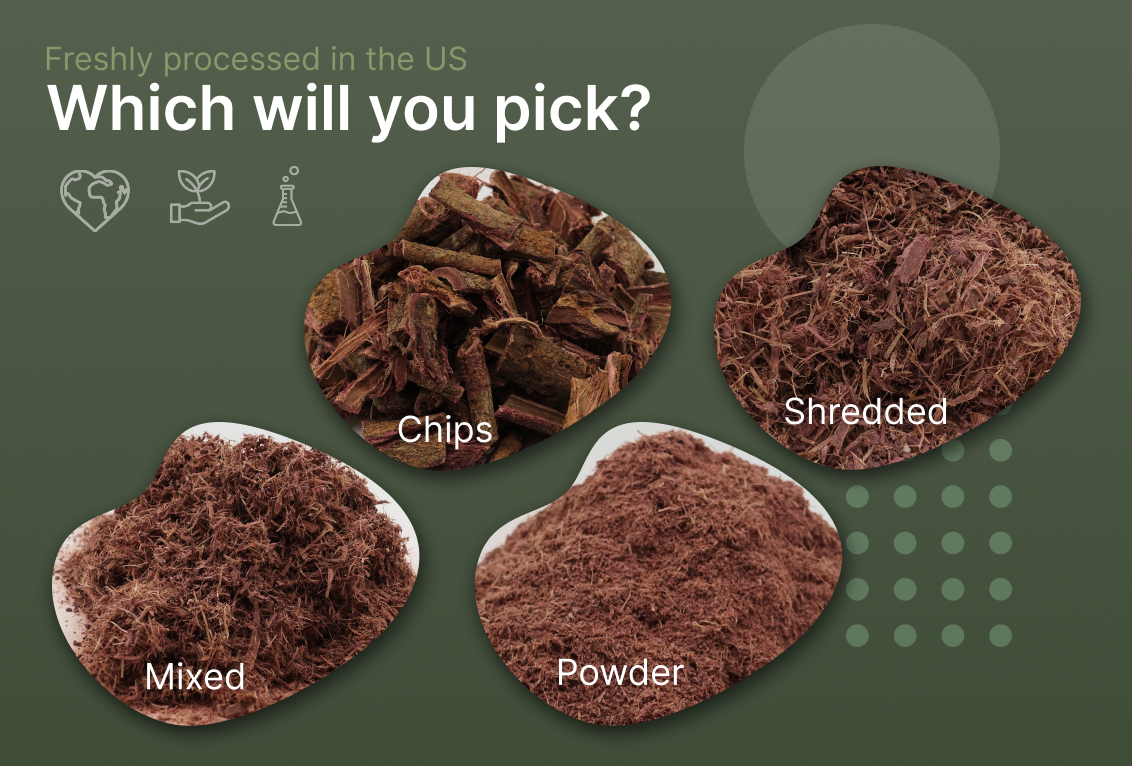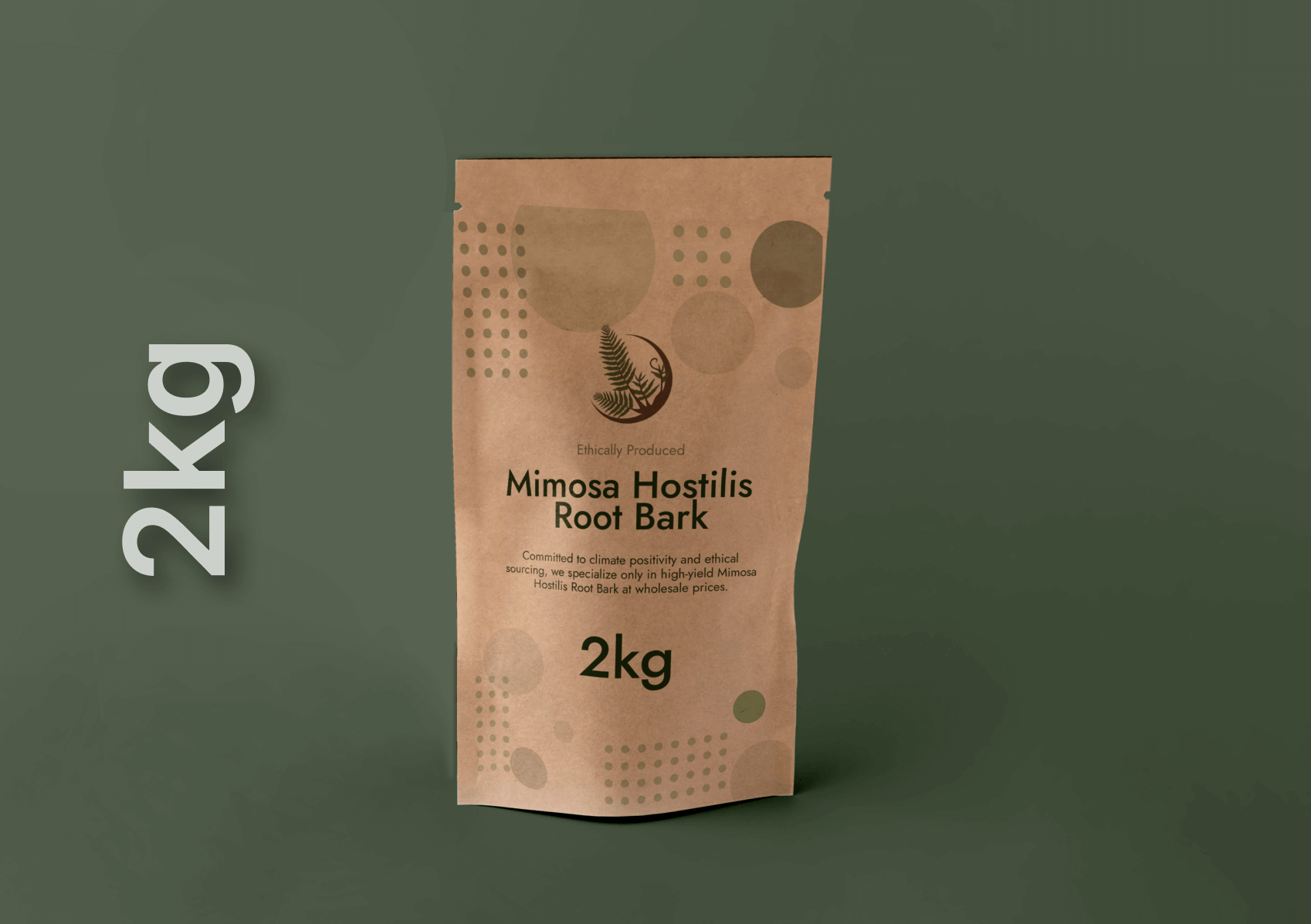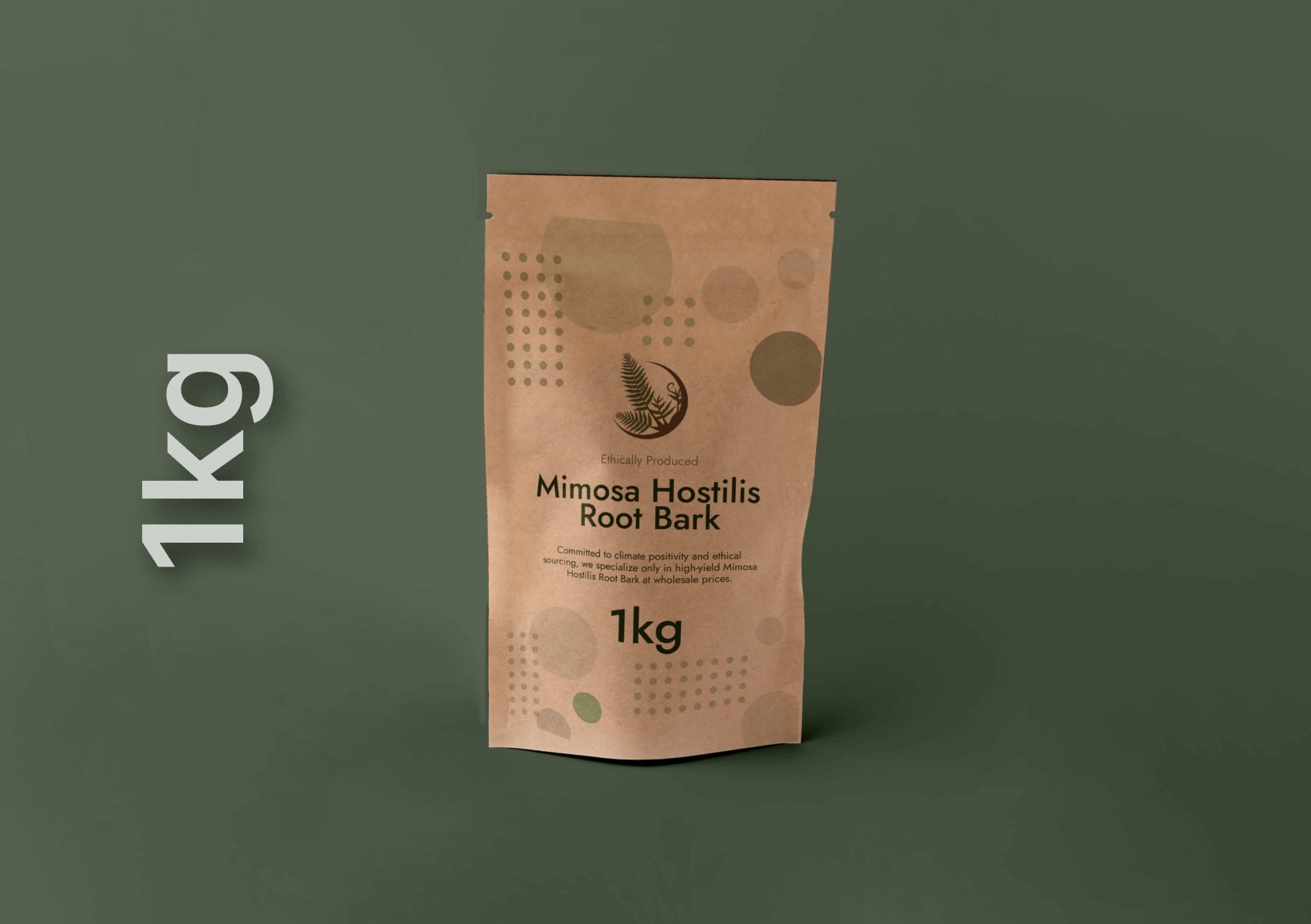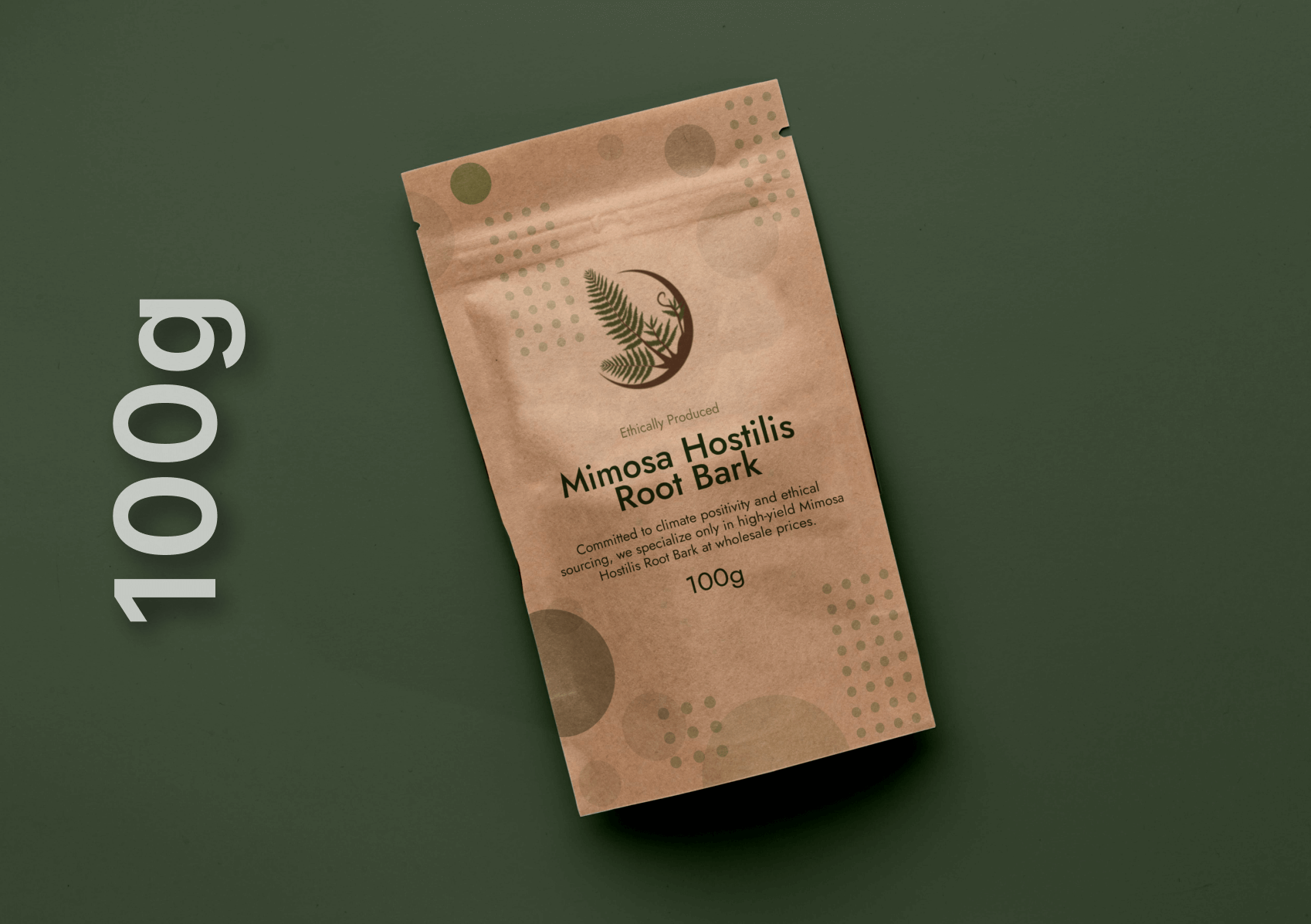Mimosa tenuiflora, a plant enveloped in mystery and botanical intrigue, is known by several names—each adding to its enigmatic identity. Whether you recognize it as Mimosa hostilis, Jurema, or Tepezcohuite, this extraordinary plant has captivated the interest of enthusiasts, researchers, and herbalists alike. Delving into the nuances of its various names is not just an exercise in semantics; it is a key to unlocking the plant’s secrets and maximizing its potential benefits.
The Many Names of Mimosa tenuiflora
Mimosa tenuiflora, a plant of profound botanical significance, dons an array of names that weave a rich tapestry of its historical journey through time and cultures. Among the most prevalent aliases are Mimosa hostilis, Jurema, and Tepezcohuite, each contributing to the enigmatic aura surrounding this botanical marvel.
Mimosa tenuiflora
The term Mimosa tenuiflora serves as a taxonomic identifier, providing clarity within the realm of botanical classification. This name, rooted in the language of taxonomy, denotes specific characteristics of the plant, specifically its thin, delicate flowers. Mimosa tenuiflora and Mimosa hostilis are the same plant, and its different titles are based on different features of the plant. Both features are useful for identification and classification, and it is still firmly with the Mimosa family.
Mimosa hostilis
Mimosa hostilis is the name that most people use, but it is, in fact, an older scientific name. It is still used colloquially due to its presence in acronyms referencing the plant (i.e. MHRB). It is dissimilar in many ways from other mimosas, such as the often confused mimosa tree, endemic to the the Middle East and Asia. Most mimosas, including the latter, possess a peculiar ability to shrivel when touched by animals, whereas Mimosa hostilis possesses thorns to dissuade animals from preying upon it, hence hostilis.
Jurema
Venturing beyond the scientific lens, we encounter the culturally resonant name “Jurema.” Originating from, and embedded within the traditions of indigenous communities in South America, particularly the Brazilian tribes, Jurema holds a sacred significance. Its roots intertwine with shamanic rituals, where the plant is revered for its spiritual and medicinal properties. The name Jurema echoes through the ages, carrying with it the spiritual essence of the plant’s role in indigenous ceremonies.
Tepezcohuite
In the cultural landscape of Mexico, the name Tepezcohuite serves to embody and symbolize Mimosa Hostilis’ therapeutic potential. Known for its healing properties, Tepezcohuite has been utilized in traditional medicine for centuries. The bark of the tree, revered for its skin-regenerating qualities, has found a place in various skincare formulations, such as creams and soaps, as well as many uses in the treatment of injury. This name encapsulates the plant’s role as a source of healing and rejuvenation, echoing the cultural practices of the indigenous people in the region.
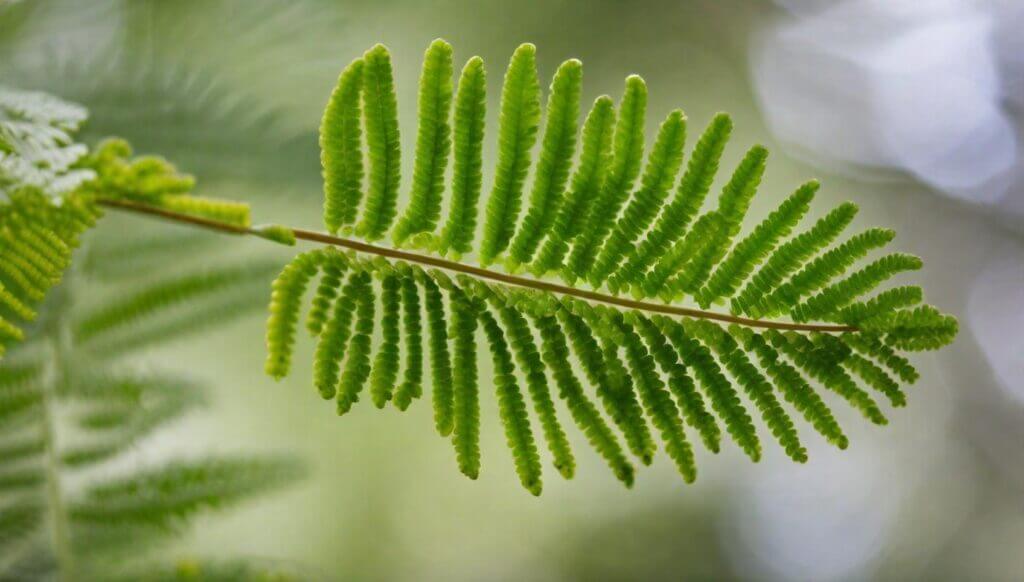
Same Plant, Different Names
The diverse names attributed to Mimosa Hostilis—Mimosa tenuiflora, Jurema, and Tepezcohuite—serve as valuable linguistic lenses through which this multifaceted plant is understood across various contexts. Each name acts as a key unlocking different facets—scientific, cultural, and medicinal—allowing enthusiasts, researchers, and practitioners to access and appreciate the plant’s richness within the realms of botany, ethnobotany, and traditional healing practices. These names collectively contribute to a holistic understanding of Mimosa Hostilis, reinforcing its significance across a spectrum of disciplines and applications.
Scientific Names for Mimosa tenuiflora
So what do these names do for you? Each of these names denotes a specific role that this plant can hold, and in doing so, can aid uninitiated users in understanding how best Mimosa hostilis plant can be used for them. For enthusiasts, researchers, and herbalists venturing into the captivating world of Mimosa Hostilis, the diverse array of names can initially present a labyrinth to navigate. To assist in this journey, it’s essential to recognize that while Mimosa tenuiflora is the correct term in scientific literature, it is not necessarily the best term for discussing non-botanical contexts.
Cultural Classification of Mimosa tenuiflora
For spiritual seekers and cultural enthusiasts, understanding the name Jurema can be pivotal, guiding individuals towards sources that honor the plant’s sacred significance within indigenous practices. Meanwhile, those exploring Mimosa Hostilis for its medicinal applications should pay heed to the name Tepezcohuite, ensuring that the sought-after therapeutic properties align with their needs. As is often wise in plant and alternative medicine, it is prudent to cross-reference multiple names when sourcing the plant, ensuring a comprehensive and accurate understanding. By employing these practical tips, users can confidently navigate jargon, guaranteeing that the Mimosa Hostilis root bark they acquire aligns seamlessly with their intended purposes, be it research, spiritual exploration, or medicinal applications.
What is MHRB?
A term you’ve probably seen a lot of is MHRB. Mimosa hostilis root bark (MHRB), is the most commonly produced, most varied product derived from tepezcohuite, jurema, Mimosa tenuiflora, you name it. It is simply the bark from the inside of the plant, commonly found in powdered and shredded forms, and it is bursting with useful compounds for a whole suite of uses in dyes, skincare, and plant medicine.
Conclusion
Simply put, Mimosa hostilis is a varied plant, with use cases in a variety of different fields of influence. It has a variety of names that span different fields of influence, come from different locations, and denote different things. These include the botanical species classifications, cultural classifications, and acronyms denoting common products derived from it. Armed with this knowledge, you should now be able to confidently navigate through the world of Mimosa hostilis, leaving any confusion right here.
FAQ’s
Q1: Is Mimosa Hostilis the same as Mimosa Tenuiflora?
Yes, they are the same plant species. “Mimosa Tenuiflora” is the scientifically accepted name, while “Mimosa Hostilis” is an older synonym still widely used.
Q2: Why are both names used for MHRB?
The dual naming exists due to taxonomic updates over time. Scientific communities prefer “Tenuiflora,” but herbalists and vendors often stick with “Hostilis.”
Q3: Does the name difference affect the quality of MHRB?
No, the botanical name has no impact on quality. What matters more is the bark’s source, how it’s processed, and the vendor’s reliability.
Q4: How can I identify genuine Mimosa Hostilis root bark?
Authentic MHRB typically has a dark purple inner bark, fibrous texture, and a deep earthy scent. It often comes from Brazil or Mexico.
Q5: Which name should I use when buying or researching MHRB?
Both names are acceptable, but “Mimosa Hostilis” is more common in commerce and online resources. Using both can help broaden your search.

